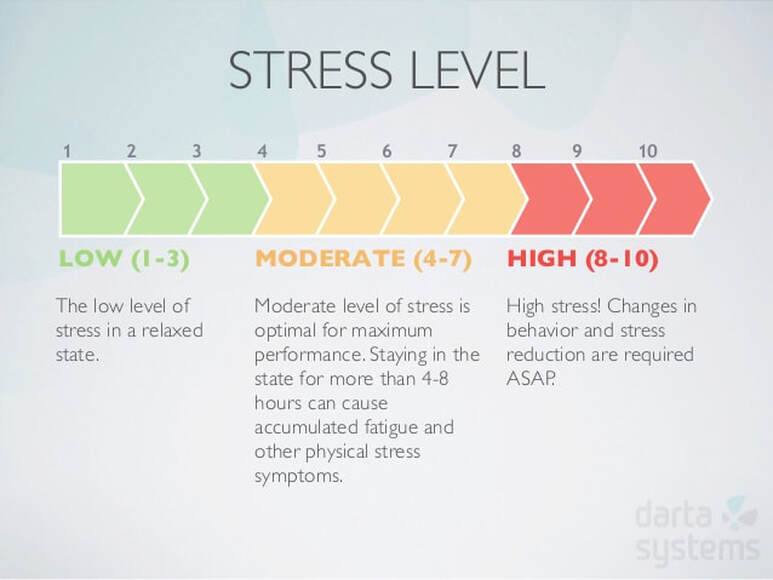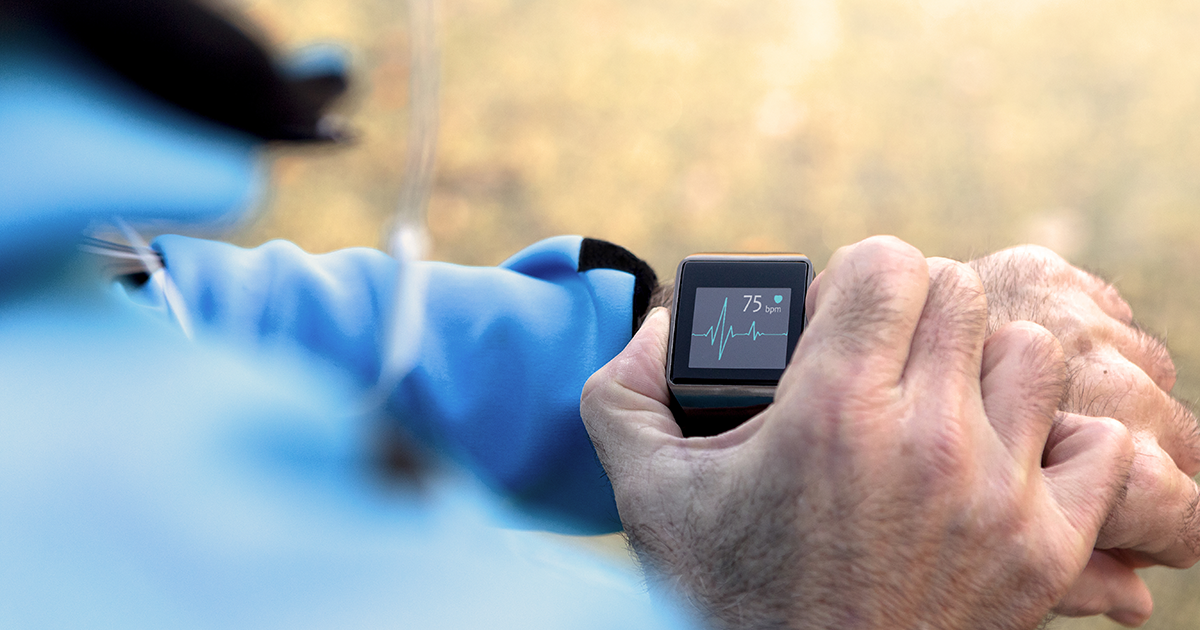An important part of the Spanish population suffers from stress on a continuous basis, a situation that can have serious consequences for their health.
Stress is a pressing problem in our society. Nervousness, irritability, difficulties falling asleep, relaxing and disconnecting are part of the daily life of many people. Surveys like this ‘ CinfaSalud Study ‘ document that 90% of the population experiences stress and that 4 out of 10 Spaniards suffer it on a sustained basis. It is also known that it affects 60% of workers, a fact indicated, in this case, by the National Institute of Statistics (INE). Continued stress can have serious effects on health, but what are the warning signs? Can levels be measured? Some novel methods point to yes. We explain it in the following article.
Incidence of stress, on the rise
If you have the feeling of living under pressure and increasingly stressed, the data confirms your suspicion. Currently, a significant part of the population suffers from stress and, although there are various triggers, the bulk is concentrated at work.
Spain is, in fact, the European country with the highest rates of work stress. The INE not only includes that it affects 6 out of 10 workers, it also breaks down the average level of stress by the professional situation and by gender. On a scale that goes from 1 to 7 —where 1 means “not at all stressful” and 7, “very stressful”—, we situate ourselves, on average, at 4.18. The people most affected are professionals or businessmen with salaried employees.
Other studies place the incidence of stress at 71% of the population, mention that work is responsible for a quarter of the cases, and even describe the so-called holiday stress, which people suffer when they least expect it: during periods of break.
Common symptoms of stress
The most frequent symptoms “affect the cognitive, emotional, physical and behavioral aspects,” summarizes the psychologist Sílvia Sumell Canada. Attention and memory problems, tiredness, sleeping difficulties, appetite changes (by increase or decrease) or lack of energy are some of them.
“While working at a hectic pace, the levels of cortisol and adrenaline (the two hormones related to stress) are elevated. Adrenaline makes our immune system stronger and cortisol acts as an anti-inflammatory, all so that we can endure long days. On the other hand, when we go into ‘vacation mode’ these hormone levels decrease, with which our immune system is depressed and we can get sick more easily or have some health problems”, details Sumell Calanda, who is also a professor at the Studies of Psychology and Educational Sciences of the Open University of Catalonia (UOC).
What is stress?
What exactly is stress? The Spanish Society for the Study of Anxiety and Stress ( SEAS ) describes it as an overload for the individual. An overload depends, on the one hand, on the demands of the situation and, on the other, on the resources that the person has to deal with it. Thus, “the greater the demands of the situation and the fewer the individual’s resources, the greater the overload will be.”
The SEAS also qualifies that stress can be positive or negative: «It is positive when the person interprets that the consequences of the situation will be favorable for their interests. On the contrary, if he perceives that these consequences will be harmful, the stress will be negative ». What both have in common is that they cause physical reactions, such as fatigue or physiological activation.
Measure stress levels
Sometimes we often use or hear expressions such as “I am very stressed”, “these days are being particularly stressful” or “I have a little stress”. That is, in addition to recognizing it, we have in mind some kind of range that allows us to describe it according to its intensity. But, beyond the colloquial, there are ways to measure it.
Hormonal Stress Assessment Test
This is a hormonal test developed by the European Synlab laboratories, which measures the presence of two hormones: cortisol and dehydroepiandrosterone (DHEA) in saliva. The body produces cortisol, a hormone that prepares the body to face a specific stressful situation. However, sustained cortisol production can be harmful, and to counteract this harmful effect, the body produces another hormone called DHEA.
“The stress assessment test evaluates the production of cortisol and DHEA, through saliva samples collected at different times of the day, and allows the person who performs it to know their current biological capacity to respond to stress,” explains its creators.
Stress Visualization Experience
This tool developed by the North American company Cigna analyzes physical parameters to find out the level of stress to which a person is subjected. Specifically, through sensors that are placed on the head and hands, it measures heart rate, brain waves, and sweating, and relates the three indicators.
But what’s new is that the test combines this biomedical data with digital art: the markers allow you to create a graphic image of stress levels using a heat map (cool colors reveal lower levels; warm colors show higher ones).
SEAS self-assessment
A widely used stress or anxiety assessment method is the SEAS. It consists of asking the person who is going to be evaluated about the frequency or intensity with which they experience a set of symptoms when they are in a certain stressful situation or how they perceive the situation.
The sum total of the scores is compared with those of a large sample of people who have previously answered the same questions. You can carry out this self-assessment, published on the SEAS website and on the Ministry of Health website.
How do I know if I have stress?
Stress is a natural response of our body to situations that it perceives as a challenge, an alarm or a problem. To cope with it, he tries to adapt to these situations, and this implies starting a series of physiological, cognitive, emotional, and behavioral processes.
The goal is to resolve that challenge or threat. Once resolved, everything returns to normal. The problem arises when it is not possible to control the situation. In these cases, the processes remain active for a long period and can become chronic.
Signs that something is wrong
Beyond medical and technological innovations, there are some signs related to stress that all people should take into account and, if necessary, consult a doctor:
Negative emotions: prolonged states of hopelessness, anxiety, irritability, mood swings, fear, nervousness, and confusion…
Lack of concentration and bad thoughts: difficulty making decisions, forgetfulness and frequent distractions, repetitive and circling thoughts, the anticipation of negative events, excessive self-criticism…
Physical changes: tiredness and general lack of energy, difficulties falling asleep or staying asleep, upset stomach, changes in appetite, diarrhea or constipation, increased sweating, headaches, dry mouth, muscle contractures, back problems or neck, flu or continuous colds, tachycardia, agitated breathing, dermatitis or dry skin, feeling of lack of air…
Changes in behavior: eating more (or less) than before, stuttering or other speech difficulties, jaw clenching, crying easily or frequently, impulsiveness, rough treatment of others, sleeping more (or fewer) hours, resorting to alcohol or drugs to relax, lower academic or work performance…








